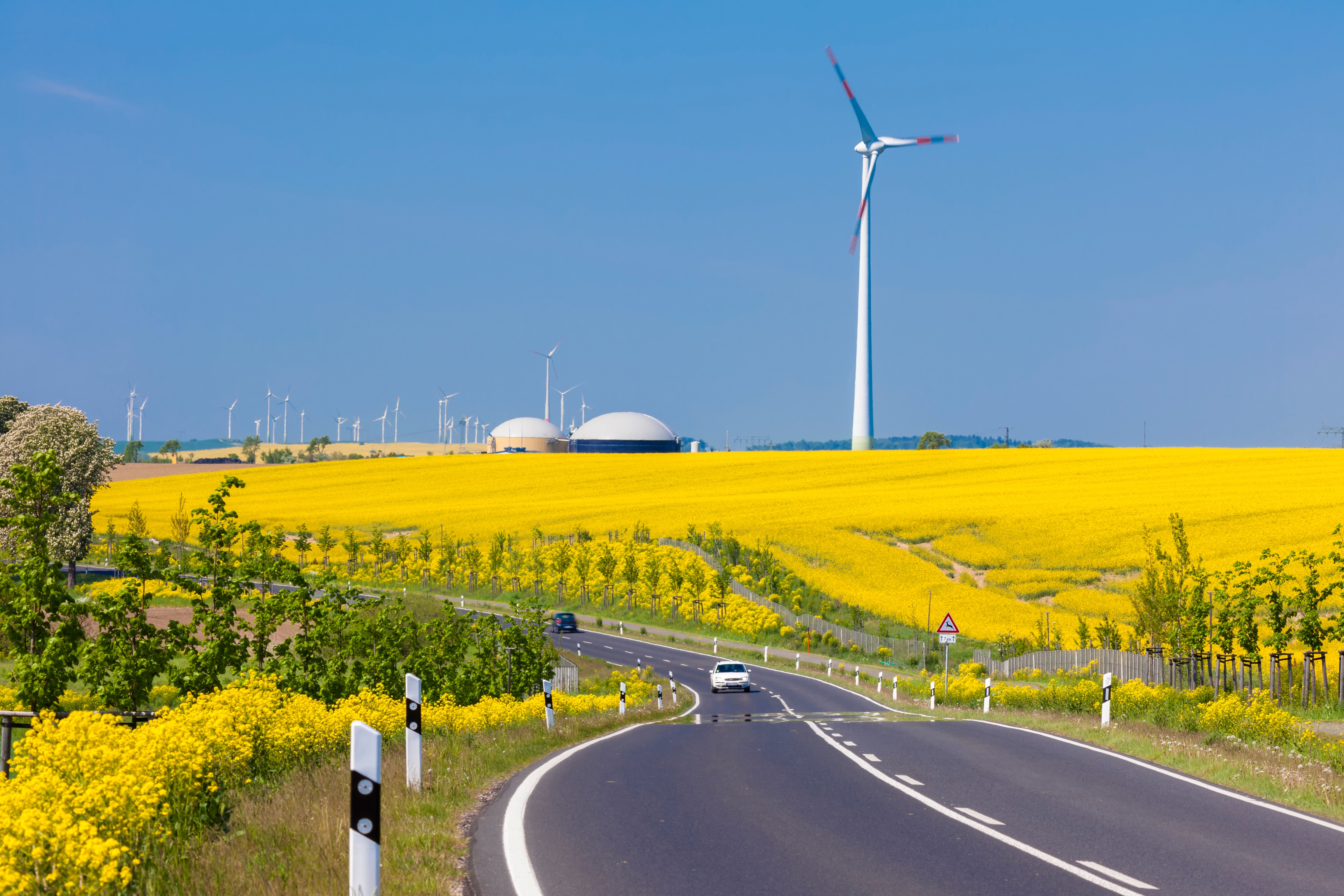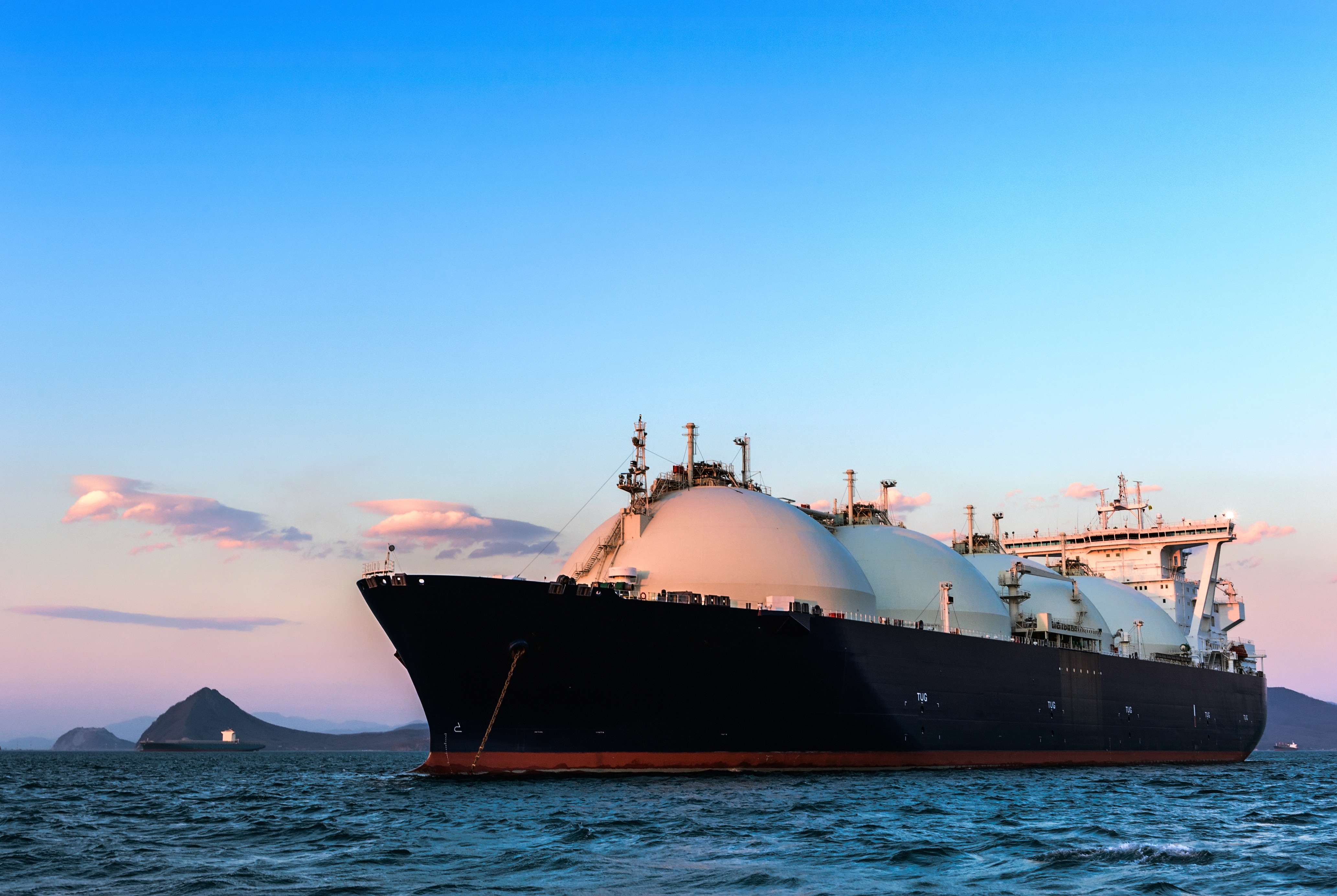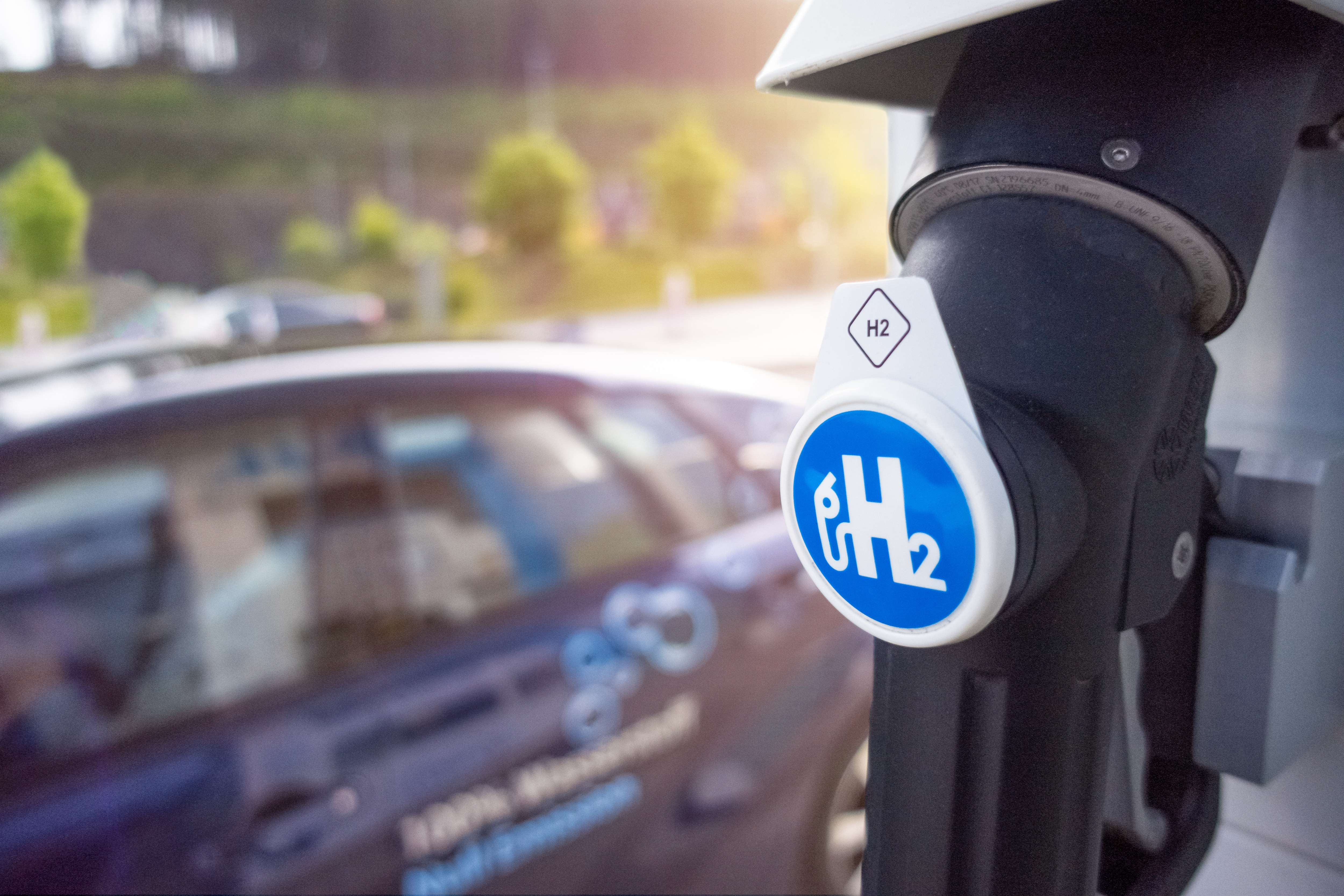

Examples are the combination with oxygen (O2) to water (H2O) or the combination with carbon (C) to methane (CH4). To obtain pure hydrogen as an energy carrier, it must be split off from these compounds. On an industrial scale, this is mainly done through methane (from natural gas). However, since both the extraction of natural gas and the industrial separation process release carbon dioxide (CO2) and other pollutants, this hydrogen is not a sustainable energy source. The production of hydrogen is therefore divided into different classes depending on how much the process impacts the environment. The most sustainable option is green hydrogen, which is produced through electrolysis using electricity from renewable sources and water. However, the storage and transport of hydrogen, regardless of its origin, is challenging. In its gaseous state, this is only possible in pressure vessels at 200 to 700 bar. Alternatively, the hydrogen can be liquefied, but this requires it to be cooled down to minus 253 °C. Special cryogenic containers are needed for this. All these issues make the use of hydrogen very complex and expensive.

When hydrogen produced by electrolysis and electricity from renewable sources are used, the resulting ammonia is also correspondingly climate-neutral. The longer this ammonia has to be stored for or transported, the more profitable it is as an energy carrier compared to hydrogen. Both hydrogen and ammonia have to be liquefied for this purpose; in the case of ammonia, this is possible from as low as -33 °C. In addition, high-pressure vessels are not required for ammonia. Both have a major advantage in terms of cost and, of course, energy consumption. In order to then use the hydrogen contained in the ammonia as an energy carrier, for example for fuel cells, the ammonia is broken down again into its components using crackers. However, this conversion is not fully possible; a residual amount of ammonia always remains in this process, even with the aid of catalysts. The remaining ammonia not only poses a risk to air quality, but could also cause damage in fuel cells that are operated with hydrogen. Therefore, continuous measurement of the remaining ammonia is essential in order to remove it in further process steps. The lower the detection limits of the measuring device, the more reliably even the smallest concentrations of ammonia can be determined. The laser gas detection modules from Axetris are able to detect ammonia even in the sub-ppm range in real-time measurements and are therefore particularly well suited to this purpose.

Moreover, emissions from this sector have been rising continuously for the last three decades. In addition to vehicles with conventional combustion engines, the number of newly registered vehicles powered by electricity is also on the rise. Depending on the type of electricity used, these cause significantly less CO2 during the journey than those with combustion engines. However, if the production and disposal of these electric vehicles are included in the calculation, the balance is not quite as positive. Vehicles powered by hydrogen fuel cells can offer a sustainable alternative. And hydrogen could not only be a solution for the mobility of future for private vehicles. With more advanced technologies, hydrogen could also be used for trucks, agricultural vehicles or even ships. Promising and interesting projects are already underway around the world. There are also initial projects targeting vehicle engines powered directly by ammonia. The additional effort required to convert ammonia to hydrogen could possibly be avoided. And since ammonia contains no carbon either, it burns without emitting carbon dioxide, just like hydrogen.